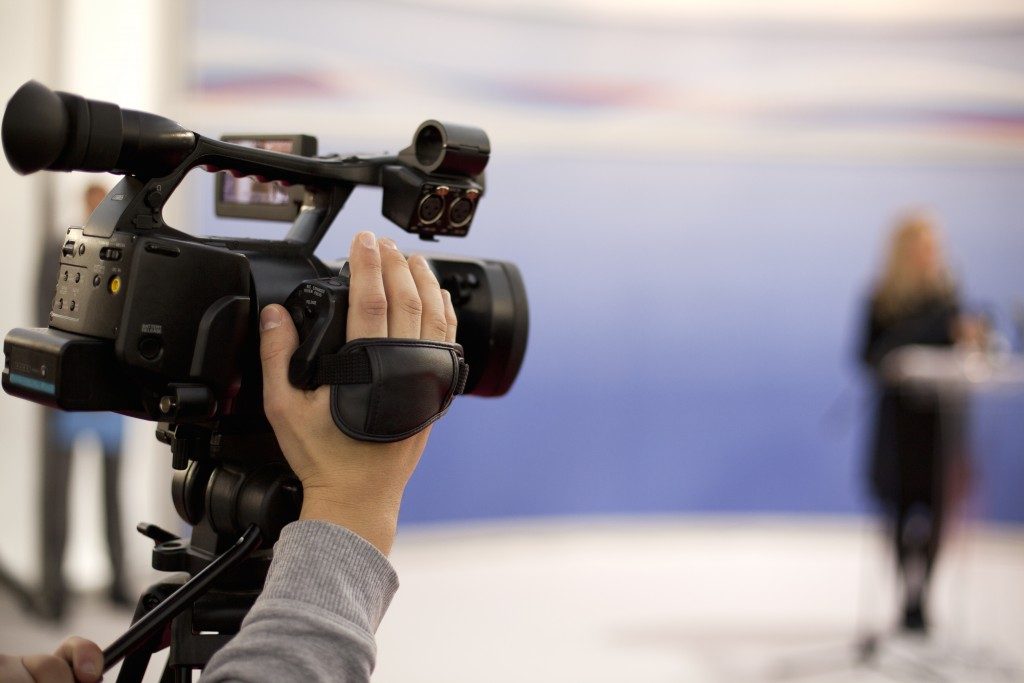One Tuesday afternoon in 2014, Facebook bought Oculus, one of the leading virtual-reality companies in the US, for a staggering $2 billion. To put this into perspective, Zuckerberg et al. acquired Instagram for only $1 billion in 2012.
While many experts believe Facebook has yet to maximize its investment in its 2014 acquisition, they also think the spending was justified: virtual reality (VR) and augmented reality are the future of tech. And no, they are not only for gaming. The benefits of these are vast, from marketing to manufacturing and healthcare.
Here is how VR and augmented reality are changing the world:
Marketing Is More Immersive
Gone are the days when selling a product seemed to be a one-way street. Companies hawk their wares to consumers, but they could not participate fully in the buying process. They struggled to leave feedback or complain if the product did not seem to work or the service was poor.
Before, it seemed companies held much power with what they wanted their consumers to show. Because of the lack of access to complete information, those who watched TV, saw billboards, or listened to radios took the brand at face value.
Today, consumers are more empowered, and with it, they demand more from the brand before they pledge loyalty to it. They want to experience the product or even the service first before they buy it. They like shopping to be more immersive – and this is where augmented reality and VR can help.
How does it work? Business owners can check out Ikea. In 2017, the famous brand launched an Apple app that included augmented reality. Users can download the platform, select the products they like, point the phone toward the space where they want to place the furniture, and see how it would look like in the real world.
Augmented reality tech can support retail shops currently challenged by the coronavirus pandemic. Like Ikea, they can launch an app and bring their goods closer to their market even when they are just at home. If they find the products ideal, they can place their order on the same platform. It provides a seamless and fun experience that boosts engagement and, more likely, conversion.
Healthcare Is More Accessible
Healthcare is one industry that benefited greatly from science and technology through the years – and rightly so. Besides the millions of funding experts receive for research and development, innovation can make it even more affordable and accessible to the masses.
One of the biggest advances is the use of VR and augmented reality to treat, prevent, and train both patients and healthcare providers. In 2017, for example, Aalborg University researchers revealed VR could help relieve phantomb limb pain.
When a person loses their arm or leg, the area can be painful because the brain still needs to adjust to the loss by rewiring its reception map. VR can ease that by tricking the body’s command center that the body is still symmetrical. The person can also move their body similarly as before, further helping the brain cope with the missing limb.
In 2020, the American Academy of Sleep Medicine showed the positive effects of VR in improving adolescent sleep. When exposed to calming VR environments during intervention nights, they slept 6 minutes faster. The quality of sleep increased by 3%.
Healthcare facilities can also use augmented reality and VR to promote their services and improve patient experience even when they are at home. The University of Warwick said that VR, in particular, could allow physiotherapy patients to complete their workouts outside.
Manufacturing Is More Cost-effective and Efficient

VR and augmented reality also found their place in manufacturing, such as aviation. Building a plane is expensive. While other industries can pivot and embrace automation, Thomas Caudell and David Mizell argued in their paper that aircraft manufacturers might struggle to do that. Dexterity and perception are necessary, which robots do not possess.
The next best option is to use VR and augmented reality. The two researchers, though, stressed that augmented reality might be ideal. They can be easier and cheaper to crease than VR. Its simplicity is enough to make the job efficient and precise. Augmented reality can also provide engineering teams with valuable data for better aircraft designs.
With innovators and creatives, the industrial applications of VR and augmented reality will only continue to expand and evolve. In turn, it creates a win-win solution for all its users. Consumers can make the most out of brand interaction, healthcare facilities can support providers and patients better, and manufacturers can reduce costs without compromising quality.

